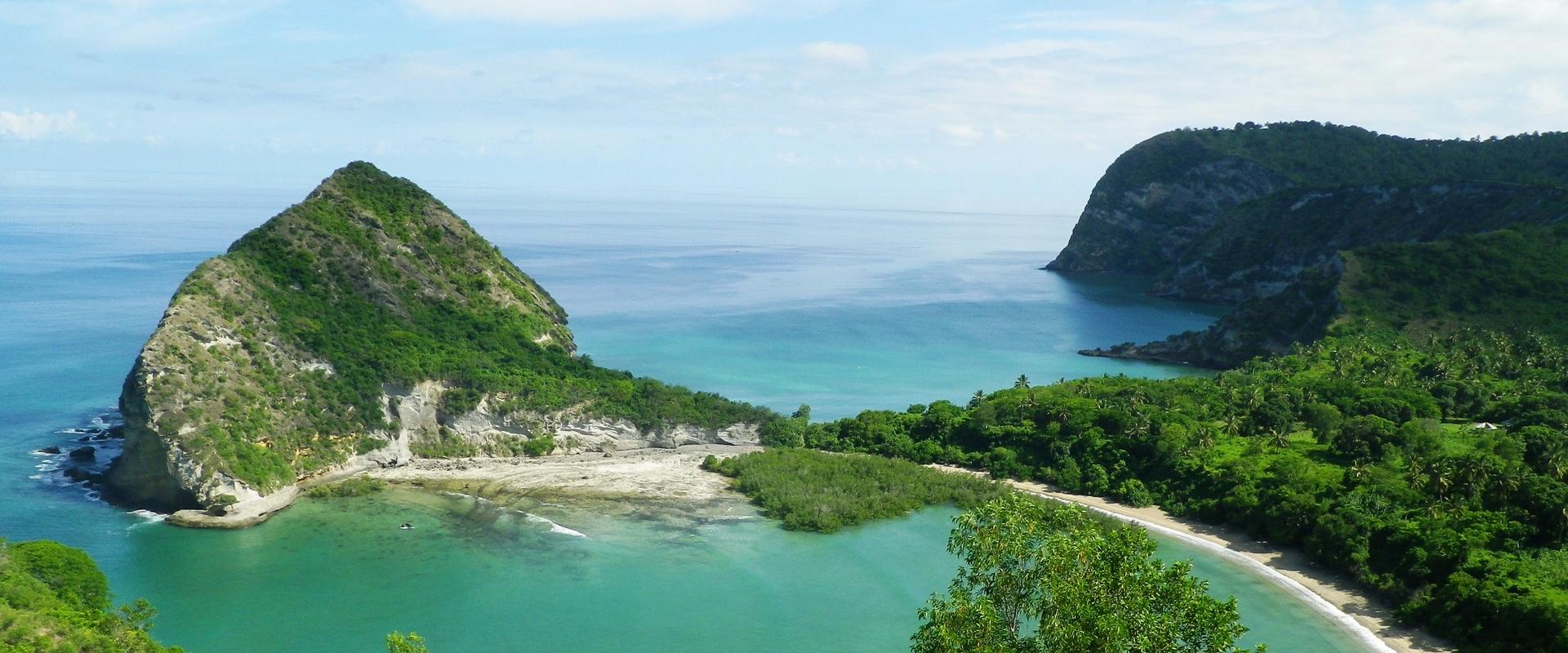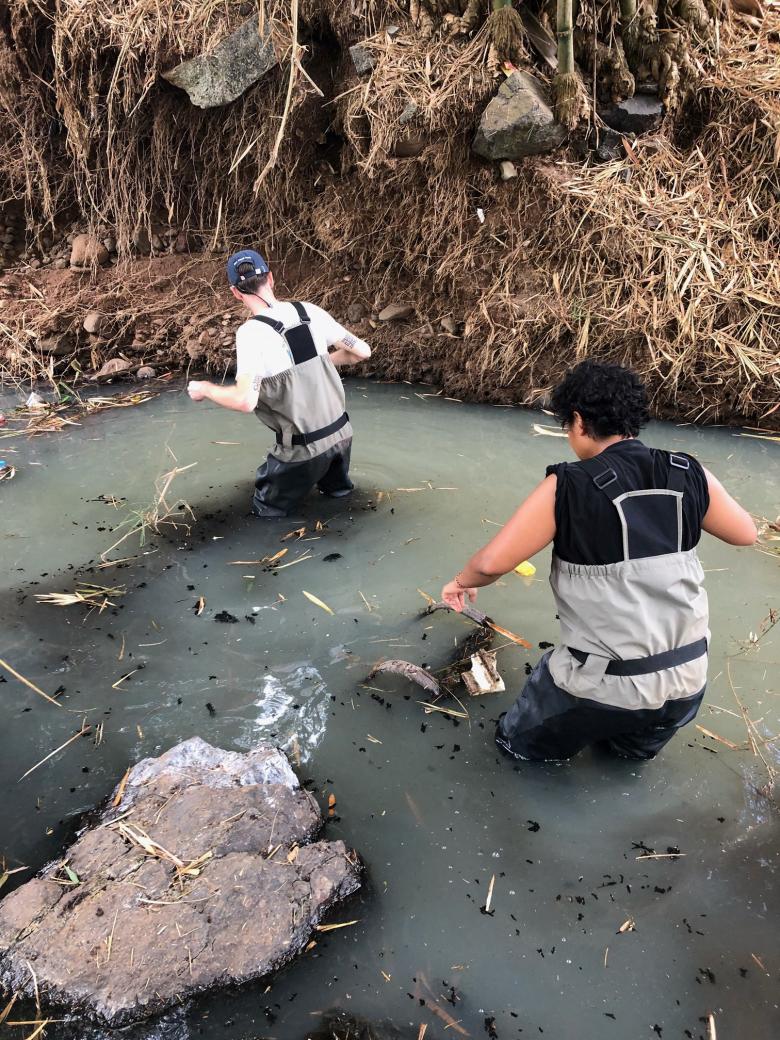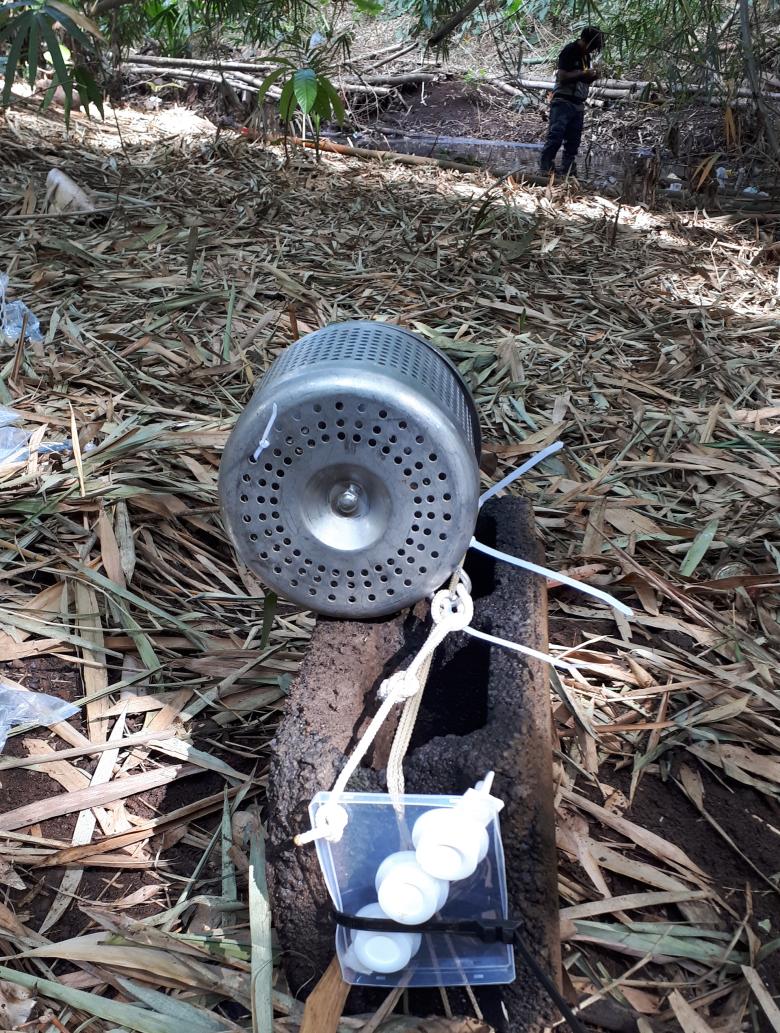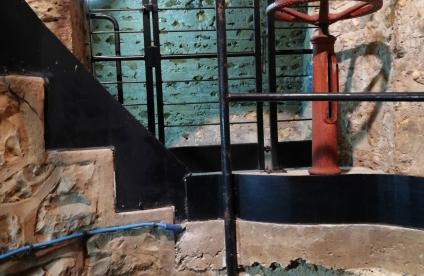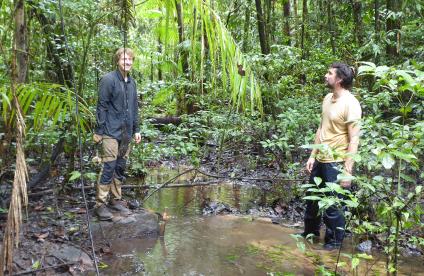The need
There is still scant knowledge of the specific anthropic pressures in Mayotte and, as a result, the parameters generally used for monitoring the quality of water bodies are not necessarily suitable for the region. To address this issue, the Mayotte Natural Marine Park, FREMER and BRGM have developed an innovative approach that consists in characterising the impact of pressures on the environmental compartments by identifying the compounds present in surface waters and in the sea. To do this, two complementary and innovative tools were deployed: passive integrative samplers, which, through continuous sampling over several days, can be used to accumulate pollutants and integrate variations in the environment to enable effective extraction of all compounds, even at very low levels, and non-targeted screening, which makes it possible to search for compounds of interest in a non-directed manner, and therefore on a broader scale, particularly those whose presence might not be suspected.
The results
Within the framework of this study, a first exploratory campaign (already including EIPs) was carried out in four catchment areas with the three types of contamination sources that may be found in Mayotte (domestic, agricultural, industrial) in order to select three areas to be studied in greater depth.
In these three basins, continuum exploration campaigns were carried out at 7 measuring stations (3 in the river, 1 in the estuary and 3 in the lagoon) during two campaigns under contrasting conditions: July 2021 (low water) and January 2022 (beginning of high water). BRGM was more specifically in charge of defining the pressures on the region, the deployment and analysis of Polar Organic Chemical Integrative Samplers (POCIS) and silicone membrane type EIPs suitable for polar and apolar organic compounds respectively. BRGM was also in charge of point water sampling and targeted and non-targeted analyses.
Analysis of the acquired data showed that:
- compounds were detected in the different catchment basins thanks to the passive integrative samplers at levels that could not be measured by conventional spot sampling;
- compounds were found that had never before been identified in the three basins;
- the dynamics in the continuum are generally as expected (increasing contamination from upstream to the estuary followed by dilution in the lagoon), but some stations have different characteristics, requiring further investigation.
The study also showed a relationship between the pollutants found and the continental pressures identified.
Using the results
The study has led to a better understanding of the compounds present in the rivers of Mauritius, some of which are found in the lagoon. It is thus possible to continue to improve our knowledge and to better monitor the pressures exerted on natural environments by integrating these compounds into the regular monitoring of water bodies. Government departments may thus consider revising the monitoring lists by widening the spectrum of chemical substances sought in Mayotte in the context of the Water Framework Directive.
These approaches have made it possible, in the first instance, to identify specific points of concern along the continuum that require additional investigations to quantify the compounds identified, this time targeting the compounds of interest that are actually present in the environmental compartments.
The method thus implemented in Mayotte could be applied in other regions.
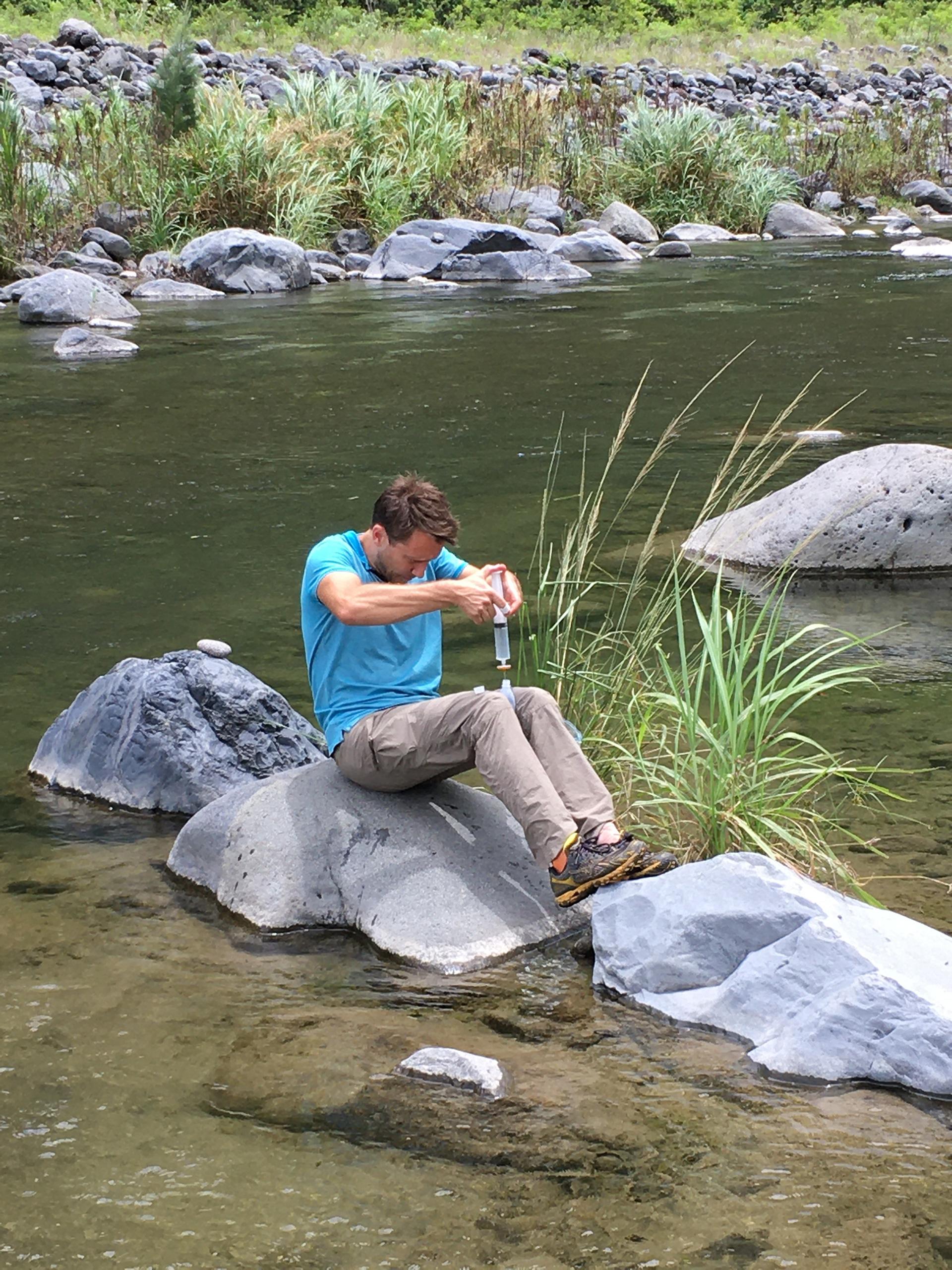
We already knew that pollutants exert a major pressure on aquatic environments but now, thanks to this study, we have quantified data. We can pass on this information to elected representatives, public authorities and the general public, pointing out certain compounds and therefore certain practices. In addition, this project highlights the innovative and recent passive sampling technique used to qualify pollutants.

